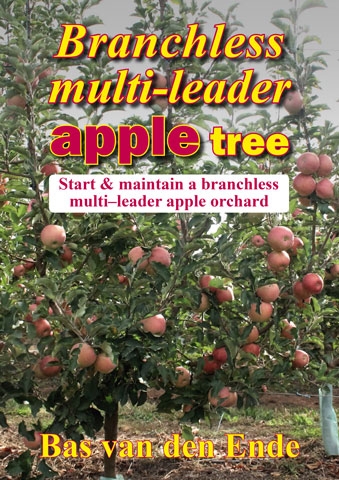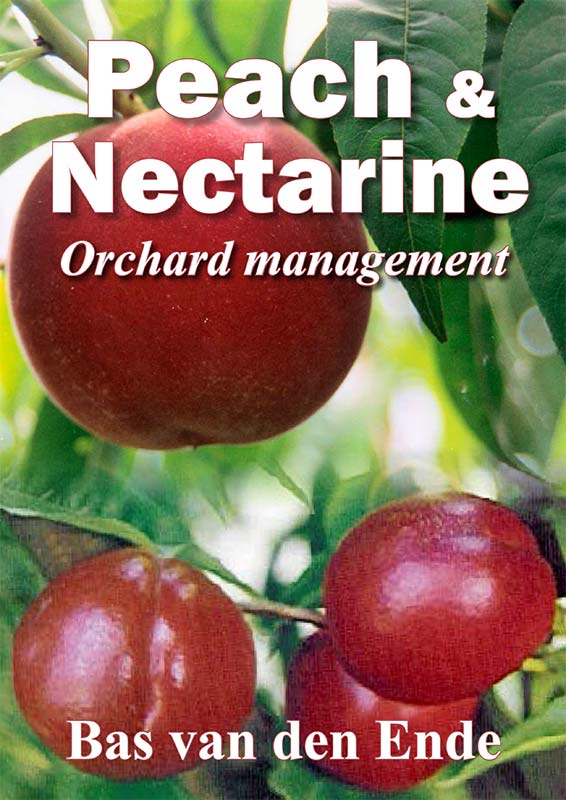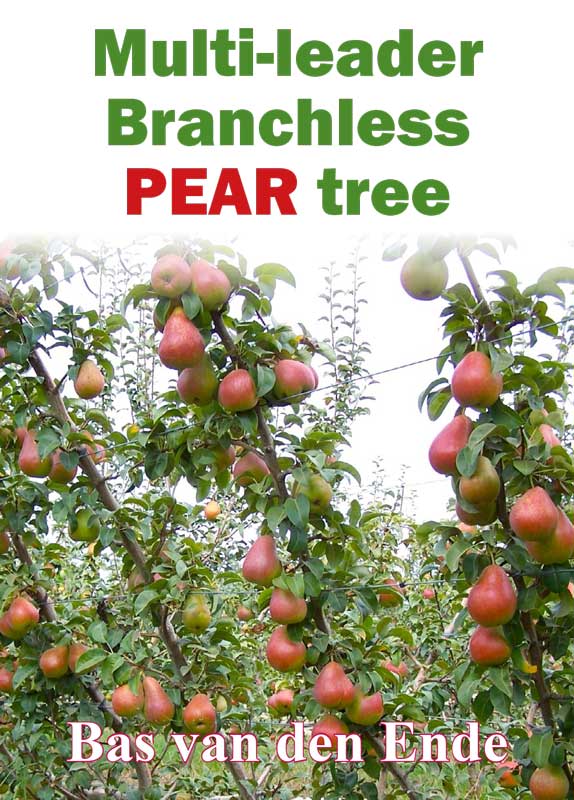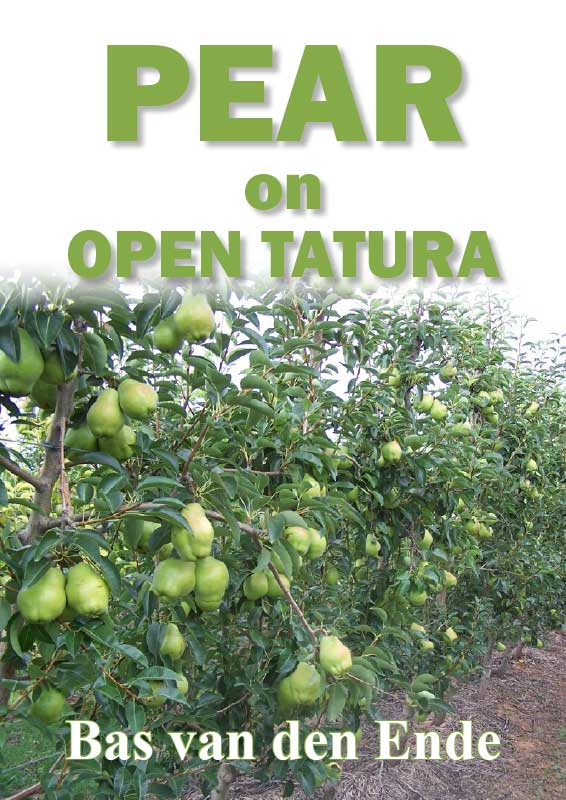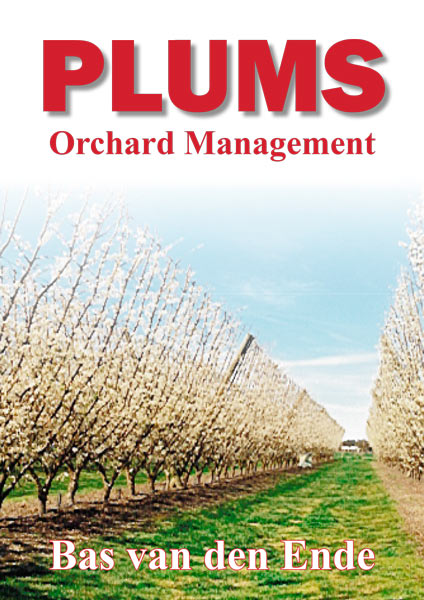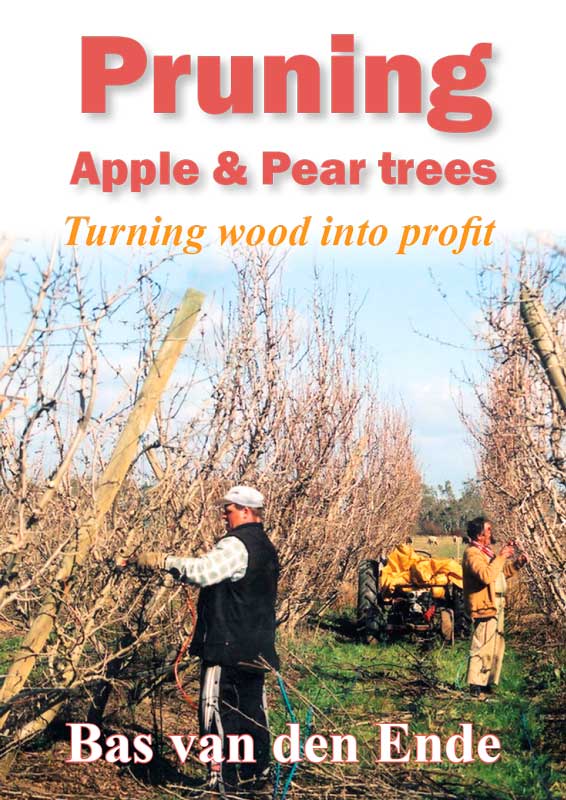Peach leaf curl is a fungal disease that affects peaches and nectarines. If untreated, it is one of the most serious and common diseases of these crops.
Disease identification
Leaf curl is often seen in the top of the canopy, where spray coverage might not have reached. Infection will appear on younger leaves first as pink–red with the characteristic curling leaf.
Damage
Peach leaf curl is favoured by a cool, wet spring around budswell followed by warm, humid conditions, which bring about rapid growth. The optimum temperature range for fungal growth is between 20C and 26C.
After initial infection, leaves will curl and become severely distorted. Leaves then tend to turn yellow and fall, causing new tissue to replace fallen leaves.
The energy required for this new growth reduces fruit set and weakens trees.
Leaf curl can also affect young shoots which become stunted and distorted, often resulting in death of the shoot.
Infected fruit will have raised, irregularly shaped and roughed areas on the skin surface.
Monitoring
Correct timing of protectant sprays in early spring (particularly copper-based fungicides) is vital for controlling the disease.
Monitor bud development in late winter to early spring to ensure correct spray timing according to label instructions.
Monitor and record the incidence of leaf infection in the current season to inform your management decisions for the next season.
Management
Cultural and physical
Where leaf curl has been a serious problem it is important to put more effort into maintaining tree vigour. Thin more fruit than usual, ensure adequate irrigation and apply extra nitrogen fertiliser.
Biological
There are no known biological control agents for peach leaf curl. However, copper sprays provide effective control and some copper-based fungicides have been approved for use in organic production systems.
Chemical
There are chemical options for controlling peach leaf curl.
Download the Orchard plant protection guide
See this article in Tree Fruit June 2023

